Coconut is an invaluable gift of nature, which is used in cooking, cosmetics and medicine. Coconut is the fruit of the tropical coconut palm, which usually grows in moist tropical coastal areas. It’s homeland is considered to be the western Pacific and Indian Ocean islands. Coconut palm trees grow up to 30 m tall given their type and age, producing from 5 to 150 fruits per year. Usually a coconut weighs up to 2.5 kg. The fruits of coconut palms grow in clusters of 5-6 and are hidden. They are covered with a thick veil, which reaches 5 to 15 cm under the hood is a thin brown shell that is very rigid and contain proteins.
The name of the coconut comes from the Portuguese word for monkey (coco). Apparently the Portuguese found similarities between specific spots on the skin of the nut and a monkey face. Coconut is a medium green fruit, which has a large nut with three dimples. Inside, there is a white solid edible kernel, which is known as copra. Copra is the source of coconut milk and coconut oil, and when dry can be turned into grated coconut.
The inside of a coconut is white to yellowish with thickness between 6-12 mm. From 80 to 500 g copra can be obtained from one nut. Inside the coconut contains more liquid - coconut milk. Do not drink when the fruits are unripr, as it can cause diarrhea. Coconut water is also contained in coconut should not be confused with coconut milk. This water is clean and serves to quench thirst. Prior to maturing fully, coconut contains coconut milk, which is a sweet and whitish liquid. With the maturation of the nut, this liquid hardens and is really fragrant, going with the white interior and solid coconut.
Coconuts began to gain popularity in the 15th and 16th centuries, when the sailors of Vasco da Gama sail across the sea to explore new territories. Today, the largest coconut plantation in the world and largest exporters of coconut nuts, and derived products is the Philippines. This is the only country in the world where coconut oil is the main source of cooking oil. Other major producers are Papua New Guinea and the Solomon Islands. Copra is produced in the south Indian state of Karnataka.

Composition of a coconut
Coconut contains an average of 5.8% water, 67% fat, 16.5% carbohydrates, 8.9% protein.
Coconut is rich in potassium, iron, magnesium, sodium, phosphorus, copper, zinc, and vitamins of group B. Coconut is rich in protein and fiber and a wide variety of vitamins such as C, E, K and folic acid. Coconut juice contains no fat and is low-calorie - 100 milliliters contains only 7.16 kcal. In contrast, coconut milk is very fatty and contains a lot of calories. Coconut milk is a valuable source of many amino acids, vitamins and ascorbic acid. The flesh of fresh coconuts contains approximately 33% pure coconut oil and very little carbohydrates. Key ingredients of coconut oil are their lauric, caprylic and capric acids.
Selecting and storing coconut
As an exotic fruit grown in a foreign country, the choice of coconut can be a common problem. When you want to buy a good one, make sure it is full and heavy, with no cracks, and when shaken, you should hear the water moving. Look well in all three holes of the coconut, which must be healthy and free of mold. Only after opening the coconut, can you determine whether it is bitter inside. It can be broken most easily with a kitchen cleaver.
Coconuts can be stored for a long time. As long as they are healthy, they can last up to 2 months at room temperature, sometimes even longer. When intact, coconuts survive for 1-2 months at room temperature. Open coconut must be stored at the bottom of a re-sealable box fridge. Dried coconut virtually has no shelf life, provided it is properly closed and packed in a cool place.
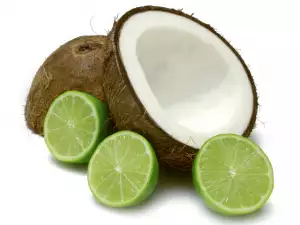
Use of coconuts
Coconut fluid can be extracted after you break through the shell with a drill. Once the coconuts fall from the palm, they are opened and left in the sun for several hours. When the inside begins to separate from the shell, it is removed and beat mechanically into small pieces that are dried for a week. Usually coconut is ground into fine first flour, which is heated to 125 degrees and passes through a press. Thus, you have effective extraction of coconut oil, which is refined to purify. This material is widely used in cooking or in the cosmetics industry.
When the shell is grated and cooked in boiling water, you get the oil that is used in cooking. The coconut is widely enshrined in Asian, African, Indian, Indonesian and South American cuisine. Often Coconut is used to prepare soups, sauces, meals and desserts and superb exotic cocktails. Coconut water and coconut milk are used mostly in soups and sauces. The grated interior combines perfectly with chicken. Coconut oil is used in the confectionery industry. Coconuts are popular as decoration for sweets - candies, cookies, chocolates, pies, etc.
Benefits of coconut
Coconuts has proven benefits to human health, with the latest research suggesting that it can help you to lose weight. According to some experts, if you are trying to lose weight, you should not overdo it with coconut milk and products containing it, because it is rich in fat. Recent studies, however, suggest that if you include it in your daily menu, a little coconut oil, will promote the faster burning of calories. Coconut oil increases and speeds up metabolism. As a result, increases the energy forming process and increases the vitality of a person. Coconut has proven to be a powerful tool against obesity and metabolic diseases.
In folk medicine, the Pacific Islands’ local healers use the flesh of the coconut to destroy intestinal parasites, expulsion of constipation and building muscle mass in smaller people. Coconut water is often used by those with infections of the kidneys and bladder, and coconut milk helps for gastric ulcers and sore throats.
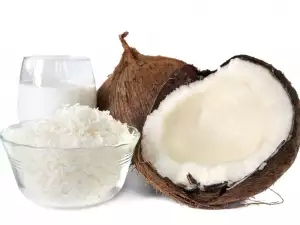
Several other studies have also confirmed that coconut oil regulates the level of insulin in the blood and prevents the development of diabetes. It improves the utilization of glucose and secretion of insulin in diabetes and has a very favorable influence on the thyroid function. Coconut juice contains many minerals, it is advisable to consume it with heavy physical exercises. According to Eastern medicine, coconut milk stimulates the cardiovascular system. Coconuts are also a powerful tool in the treatment of nervous disorders, venereal and urological diseases. Coconut oil is proven to help the body absorb calcium better, doctors recommend its use for the prevention of osteoporosis, strengthening bones and teeth.
The inhabitants of tropical countries have used coconut palms and their fruit for all sorts of purposes for thousands of years. They make a tonic from it, eat the inside, containers are made from the shell, the shell fibers make for nice coarse cloths and mats. Coconut oil protects the skin from dryness, sagging and wrinkling. It is useful for hair loss and scalp problems.
Lauric, caprylic and capric acids in coconut oil are with antimicrobial, antibacterial, antifungal and anti-inflammatory actions, they have an extremely beneficial effect on health. Aurine acid is found in approximately 50% of the fatty acids in coconut oil. This is a strong anti-microbial agent which helps in severe bacterial, viral and fungal infections.
It is effective in the treatment of herpes, measles, hepatitis C, SARS, AIDS and other viral diseases. This material of the coconuts destroys bacteria that cause ulcers, pneumonia, throat infections, urinary tract infections, gonorrhea, and other diseases. There is evidence that coconut oil helps in asthma, cancer and tuberculosis.
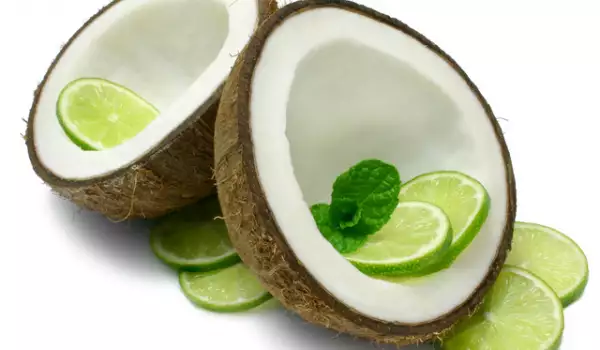
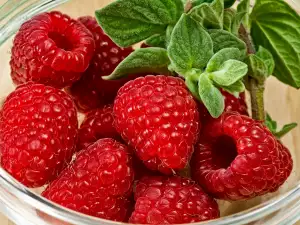
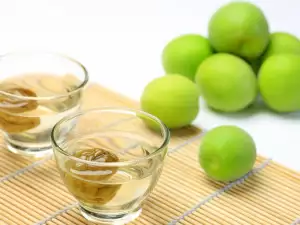


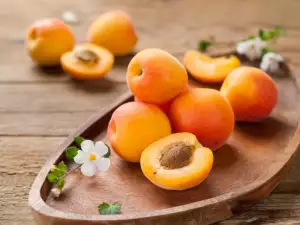
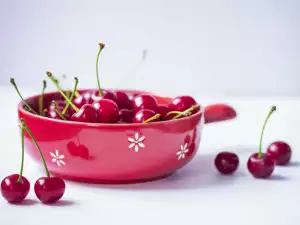
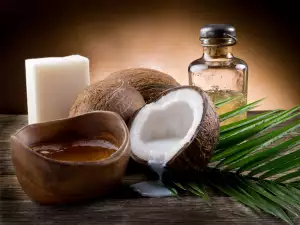
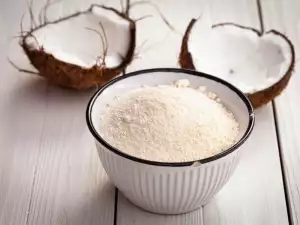
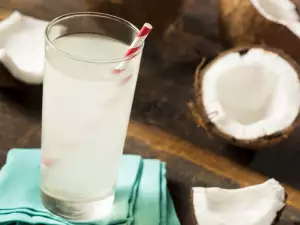
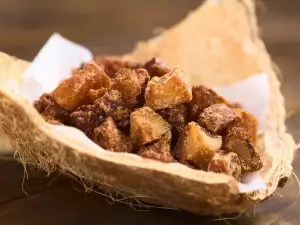

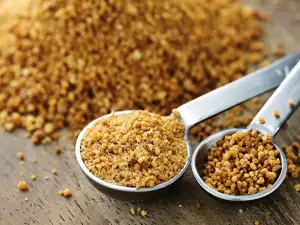
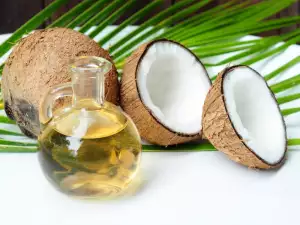
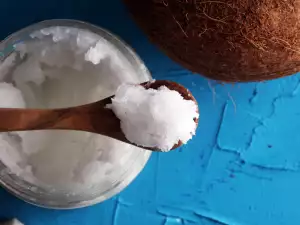




Comments